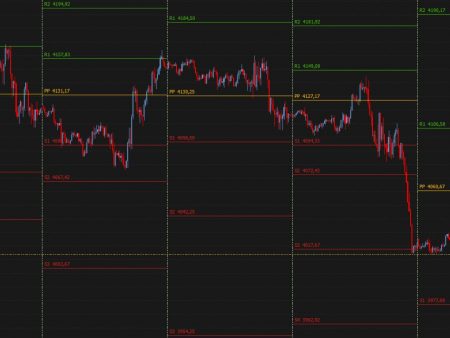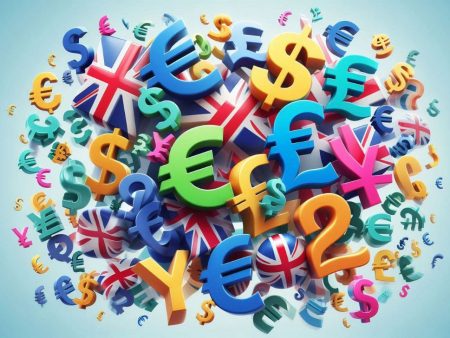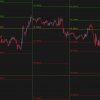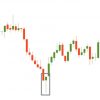A lot in forex represents the standardized size of a trading position, defining the volume of currency units involved in a trade. Understanding lot sizes is crucial for managing risk and determining the potential profit or loss in forex trading.
Grasping the concept of a lot in forex is crucial for every trader, as it defines the size of your trades and influences your risk and reward. To discover more about how lot sizes can shape your trading strategy, continue reading this guide from Forex Bit.
What Is a Lot in Forex?

A lot in forex refers to the quantity of currency being traded in a transaction. Unlike other markets where quantities may vary, forex trading uses standardized lot sizes to streamline trading. These lot sizes help traders calculate profits, losses, and manage risk effectively.
Forex lots come in four main sizes:
- Standard Lot: 100,000 units of the base currency
- Mini Lot: 10,000 units of the base currency
- Micro Lot: 1,000 units of the base currency
- Nano Lot: 100 units of the base currency
For example, if you are trading EUR/USD with a standard lot, you are trading 100,000 euros against US dollars.
Understanding Lot Size in Forex

The lot size in forex directly affects the value of each pip (percentage in point) movement in a trade. A pip is the smallest price move a currency pair can make, and its value depends on the lot size.
Here’s a quick overview of how pip values change with different lot sizes:
- Standard Lot: $10 per pip
- Mini Lot: $1 per pip
- Micro Lot: $0.10 per pip
- Nano Lot: $0.01 per pip
Smaller lot sizes, such as micro or nano lots, are ideal for beginners, as they allow for lower risk and smaller capital requirements.
What Is 1 Lot Size in Forex?

The term 1 lot size in forex usually refers to one standard lot, which is equivalent to 100,000 units of the base currency. If you’re trading with a broker that allows 1 lot, each pip movement would equate to $10, assuming the account currency is USD.
For instance, if you trade 1 lot of GBP/USD and the pair moves 10 pips in your favor, you would gain $100. Conversely, a 10-pip movement against you would result in a $100 loss
Choosing the Right Lot Size
Selecting the appropriate lot size in forex depends on several factors, including:
- Account Balance: Smaller accounts benefit from using micro or mini lots to minimize risk.
- Risk Management: A good rule of thumb is to risk only 1-2% of your account balance per trade.
- Leverage: Higher leverage allows traders to control larger lot sizes but increases risk significantly.
For beginners, starting with micro lots (1,000 units) is recommended, as it provides a manageable entry point into forex trading.
Importance of Lot Size in Risk Management
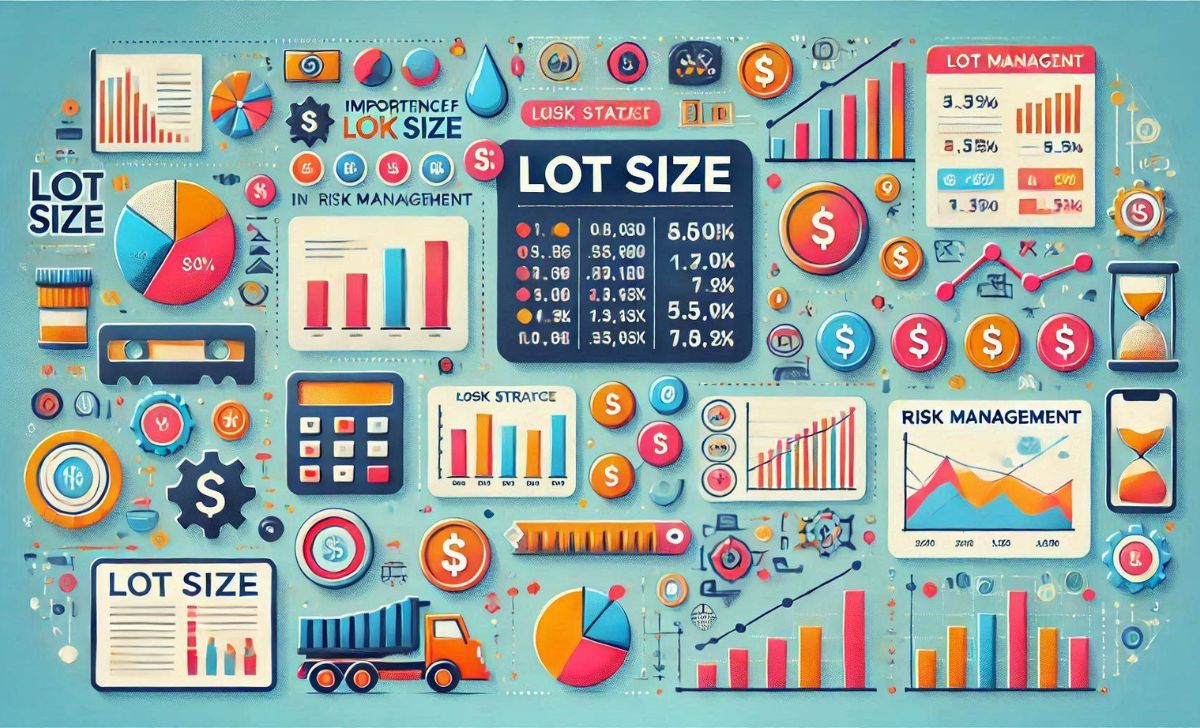
Understanding lot sizes is crucial for effective risk management. Larger lot sizes can lead to higher profits but also amplify losses, making it essential to match your lot size with your risk tolerance and trading strategy.
For example, if your account balance is $1,000, trading a 1 lot size in forex (standard lot) could expose you to significant losses if the market moves against you. Opting for mini or micro lots allows you to trade more conservatively while learning market dynamics.
Tips for Beginners
- Start Small: Begin with micro or nano lots to minimize risk and gain experience.
- Use a Demo Account: Practice with different lot sizes in a risk-free environment before trading live.
- Monitor Leverage: Higher leverage can magnify gains and losses; use it wisely.
- Stay Disciplined: Stick to your risk management rules and avoid over-leveraging.
In conclusion, understanding lot in forex is fundamental to managing risk and making informed trading decisions. By mastering lot sizes, you can tailor your trades to suit your strategy and improve your chances of success. To learn more about forex trading and enhance your skills, visit Forex Bit today and start your journey towards becoming a proficient trader.

As a Forex Trader with over 6 years of experience, I specialize in leveraging market analysis and technical indicators to make informed trading decisions. My expertise in risk management and market trends has enabled me to achieve consistent profitability in dynamic and volatile currency markets.
Email: [email protected]

